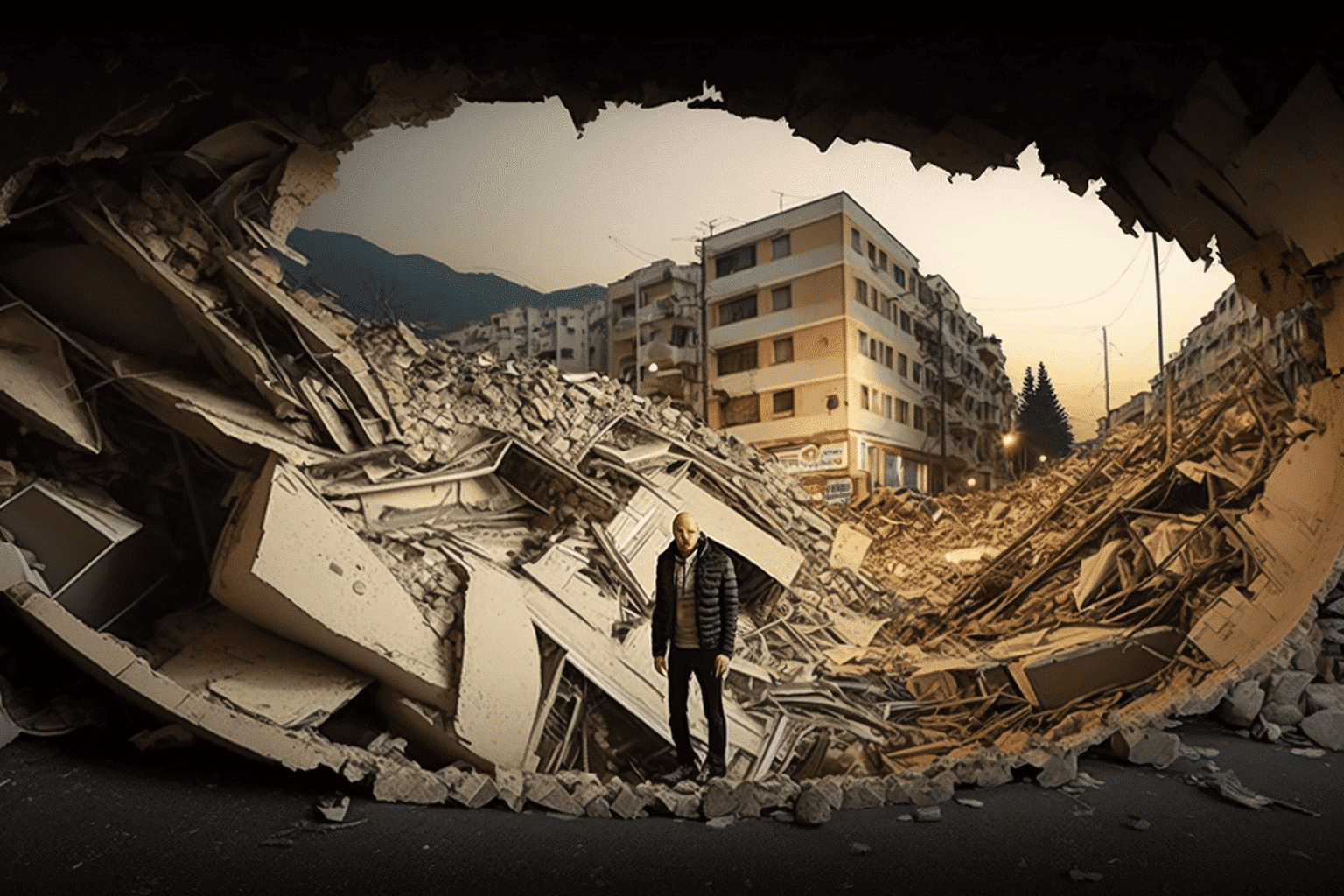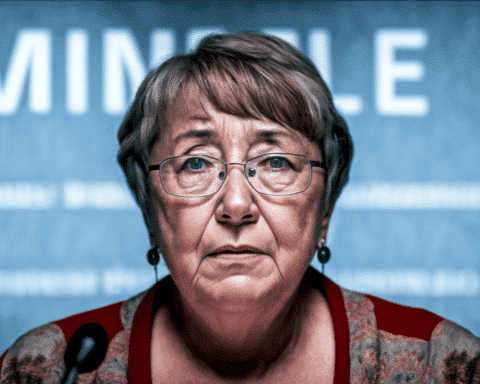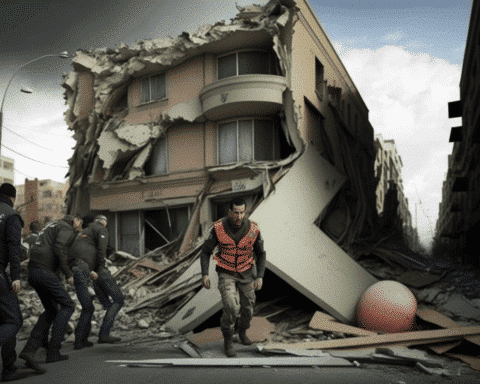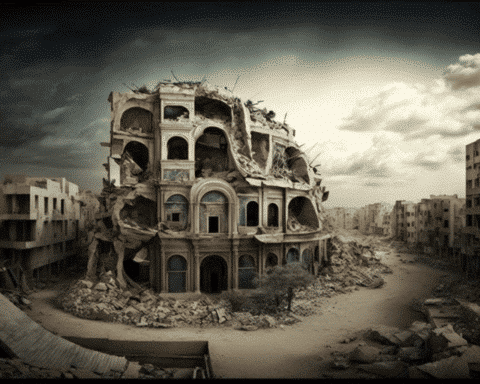On Monday, a massive earthquake with a magnitude of 7.8 struck Turkey and Syria, causing widespread destruction and claiming over 2,300 lives. The quake, which occurred before dawn, sent shockwaves throughout the region, causing hundreds of buildings to collapse and trapping residents under rubble. The death toll is expected to rise as rescuers search for survivors. Major aftershocks rattle the area, including one of nearly equal strength to the initial quake.
Residents in the affected regions rushed outside to escape falling debris, while others cried for help from beneath the rubble. In Adana, Turkey, one survivor could be heard calling for help as rescue workers tried to reach him. The earthquake was felt as far away as Cairo and Beirut, with Damascus residents rushing into the streets.
The region, already suffering from the ongoing Syrian civil war and a refugee crisis, now faces further hardship. The earthquake zone is divided between government-held territory and an opposition-held enclave in Syria, while Turkey is home to millions of refugees from the conflict.
In the rebel-occupied territory, hundreds of families are still trapped in the rubble, according to the opposition emergency organization, the White Helmets. This area is densely populated, with 4 million people displaced by the war, many of whom live in buildings already damaged from past bombardments.
President Recep Tayyip Erdogan stated that the extent of the casualties is not yet known as debris removal efforts are still ongoing.
Health facilities and hospitals in the affected region were quickly overwhelmed with injured individuals, according to rescue workers. A maternity hospital was among those that had to be emptied. The area is located on top of major fault lines and is frequently hit by earthquakes. In 1999, 18,000 people lost their lives in a similarly powerful quake that struck northwest Turkey.
The first earthquake on Monday, which occurred before dawn, had a magnitude of 7.8 and was 18 kilometers deep, according to the U.S. Geological Survey. Hours later, another 7.5 magnitude quake struck over 100 kilometers away. This second jolt caused a multi-story apartment in the Turkish city of Sanliurfa to collapse and turn into rubble, causing onlookers to scream in horror.
Orhan Tatar from Turkey’s disaster management agency referred to it as a new earthquake. Still, Yaareb Altaweel, a USGS seismologist, considered it an aftershock since it happened on the same fault line as the first.
Thousands of buildings in a wide area, extending from Aleppo and Hama in Syria to Diyarbakir in Turkey, were reported to have collapsed. A hospital in the coastal city of Iskenderun came down, but the casualties were unknown, according to Turkish Vice President Fuat Oktay.
Dr. Steven Godby, a natural hazards expert from Nottingham Trent University, warned that the severe damage could result in a significant death toll. The bitter cold temperatures could worsen the situation by reducing the time frame for rescue efforts. He added that the ongoing civil war in the area would complicate the rescue mission.
Turkish television stations aired live footage of rescue efforts in the worst-hit provinces, with several screens split into four or five.
In Kahramanmaras, rescuers could pull two children alive from the rubble. Offers of help came in from many countries, including the European Union and NATO, including search-and-rescue teams, medical supplies, and money. Most of the offers were for Turkey, with Russia and even Israel promising assistance to the Syrian government. Still, it was unclear if any would be sent to the devastated rebel-held region in the northwest.
People trying to evacuate the earthquake-stricken areas caused traffic jams, hindering the efforts of emergency teams. Mosques in the region opened to provide shelter for those unable to return to their damaged homes as temperatures hovered around freezing.
In Diyarbakir, scores of rescue workers and civilians searched for trapped survivors amidst rubble, passing broken concrete, household items, and debris in lines as excavators dug below. In Idlib, a quake-hit opposition-held territory under siege, the situation was described as “disastrous” by the Syrian Civil Defense. The area relies on Turkish aid for necessities and the quake added to its woes.
A hospital in Idlib saw most of its neighbors die as a four-story building collapsed, but Osama Abdel Hamid and his family were saved by a wooden door that fell on them. In Azmarin, a Syrian rebel town near the Turkish border, the bodies of several children were brought to a hospital.
The earthquake caused damage to Marqab castle in Syria, and a historic castle in Gaziantep was damaged as well. The death toll in Turkey was 1,500 with 9,700 injured, while in government-held areas of Syria it was 460 dead and 1,300 injured. In rebel-held areas, the death toll was 380 with many hundreds injured.
Legislator Huseyin Yayman’s family was trapped under rubble, and he reported many other people in the same situation. It was raining and winter, making the situation even harder for those on the streets.




